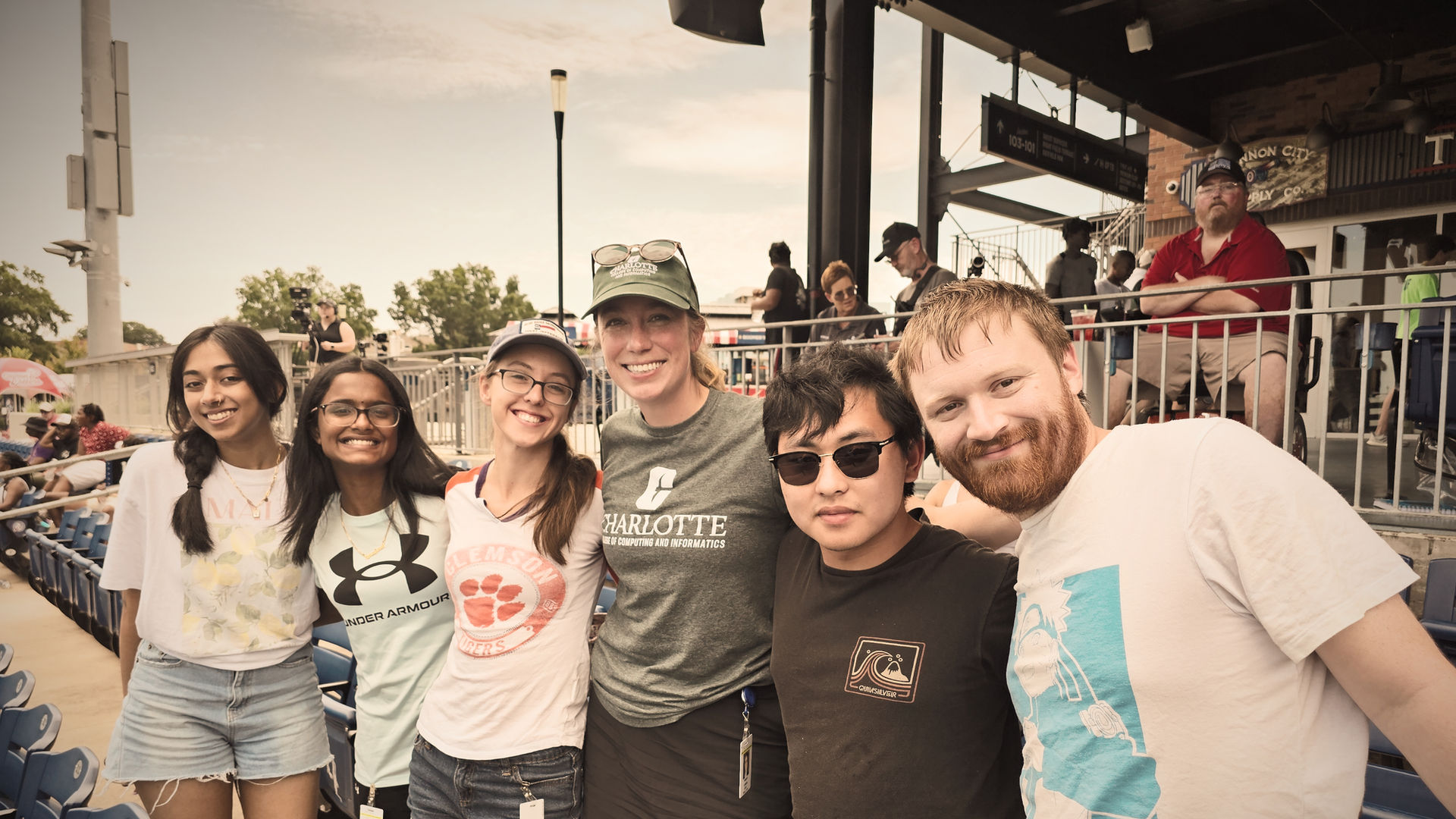top of page
The LaBella Lab
University of North Carolina at Charlotte

The LaBella Lab
Our Work


Our Research
What do you see when you look at a DNA sequence like ATAGCAGCCGACCGACGACGGCA? Do you see four letters repeated at random? Encoded in these four letters are the genes that create the proteins used to build our entire bodies. But genes aren’t the only information hidden in these four letters. Using new computational methods, we can analyze genomic sequences to learn about the evolutionary past, the phenotypic present, and even about future potential. In the LaBella Lab we study the patterns encoded in DNA focusing on the following major questions
-
What information is encoded in “silent” synonymous genomic variation?
-
What role does “silent” synonymous genomic variation play in evolution?
-
How can genomics inform complex trait evolution?

Budding Yeast

Evolution of Complex Traits

Codon Usage Bias




bottom of page












